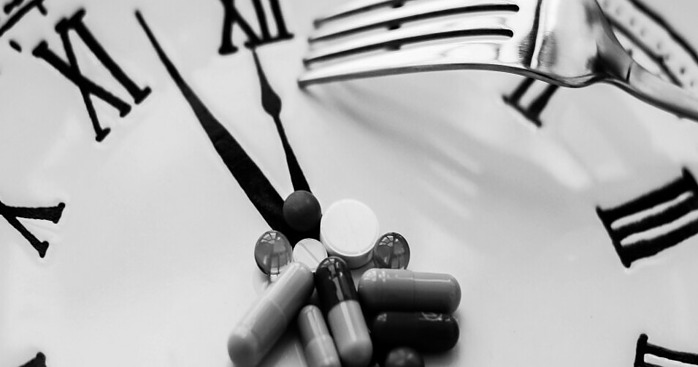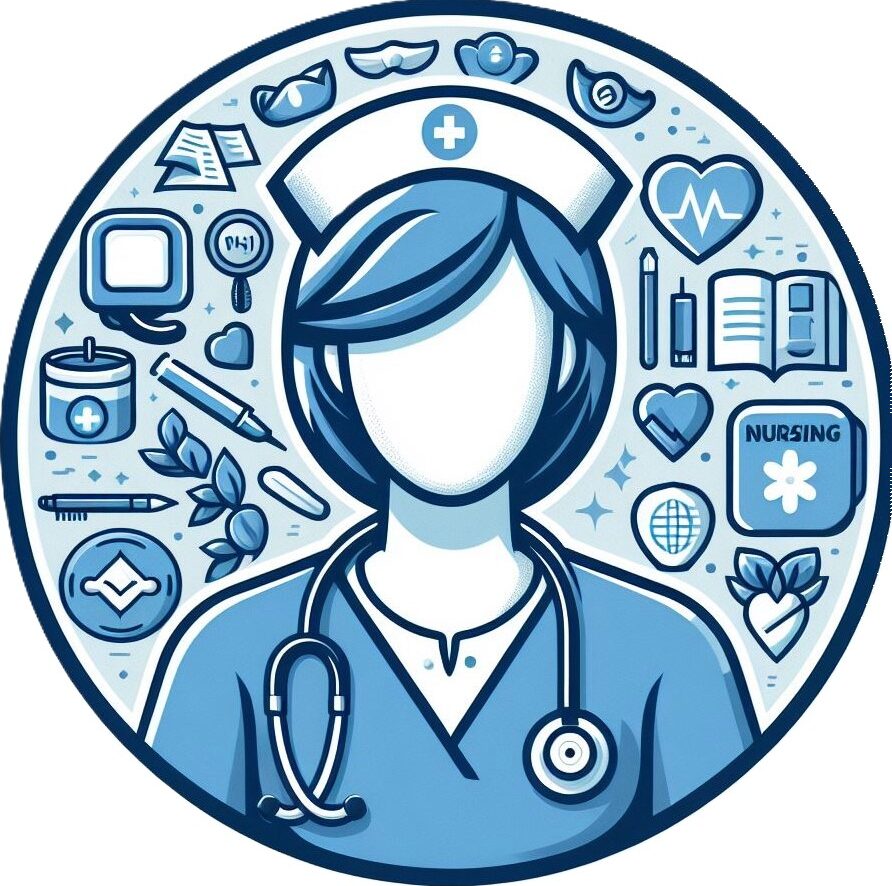
Medication errors are one of the most frequent incidents leading to adverse events in patient care. Preventing these incidents while producing or administrating medications are known as medication safety, which one of the major fields of patient safety. Medication administration safety has become a crucial patient safety concern internationally. Different medication safety policies have been introduced and new initiatives have been implemented to lessen medication errors. Amongts these policies, the introduction of the 7 rights of medication administration is known as one of the most effective tools to reduce medication administration errors in hospitals.
The 7 Rights (7R’s) of medication administration includes right patient, right medication, right dose, right route, right time, right documentation, right to refuse.
1. Right Patient: Identification of correct patient prior to administration medication is the first R of 7R’s. It is essential in identifying the correct patient before administering medicines. There are many people with the same either first, middle or surname. Therefore, clinicians must use a minimum of four identifiers to identify the patient before giving any medications, including: patient full name, date of birth, medical record number and allergies.
2. Right Medication: The role of right medication is also not less important in providing safe care for patient in administrating medication, ensuring that the correct drug (both genetic and brand name) is selected and matches the prescribed medication. Understanding the therapeutic action of the medication, why it is used and the effect of that medication. Furthermore, your ability to apply your clinical judgment to assess if the medication should be administered or withheld because of that patient’s clinical status.
3. Right dose: After ensuring you have chosen the correct medication against the current medication order and have checked the identity of the client; you must check the strength and from of the medication. Consideration of reviewing relevant medication resources regarding familiarization of usual doses and side effects prior to administration medication is also vital. High risk medications and doses should be calculated independently by two nurses.
Checking the expiry date, the medication package to ensure all are intact is a must.
4. Right route: As nurses, you must ensure that the medications are given matching the medication order. Right route of administration medication such as oral, intravenous, subcutaneous, topical, ect., must be clearly identified prior to giving the prescribed medications. By giving the wrong route of medication can lead to potential serious advert reactions which can result in critical condition or death.
5. Right time: Thoughtful checking the correct date and time before giving patients medication is a must to ensure you do not give the same medication twice or miss the dose. Administering the medication at the prescribed time or within the acceptable timeframe is important (normally one hour before or after the correct time). In some cases, giving the medication at a certain time, before or after meals as patient’s usual time is also essential. If the charted time and patient’s usual taking medication time does not match, call the pharmacist or the prescribing doctor for verification. If you are giving a ‘PRN’ (as needed) medication, you need to check the patient’s record to see when the last time was that patient received the medication in order to know if it is appropriate time to give that medication again.
6. Right documentation: After giving the medication, it is a key to clearly and accurately record the medication administration, including the name of the medication, the dose, the route, the time and any other relevant information. Use blue or black inks to make your notes, do not use a pencil or wipe out if you make an error. Do not cross out any documentation you make or write over anything you have written. If you make a mistake, circle it, make a notation to explain and initial it. Finally, always leave your signature or initials so the report could be traced back when needed. It is extremely important to communicate everything you have done for your patients on paper or electronically.
7. Right to refuse: The client has the right to refuse medication and/or treatment. Before giving any medication, the patient must be explained all adequate information regarding the treatment plan, the significance and benefits of the treatment and any potential drawbacks, to allow him/her to make an informed decision. If the patient still refuses taking the prescribed medication despite your clarification, inform the prescribing doctor and accurately record it.
Ensuring Accuracy: The Right Drug and Dose
As mentioned before, it is so important to maintain the accuracy of right drug and right dose to provide a safe care practice for patients. It can’t be stressed enough on doing double-checking prescriptions and labels for the right medication along with calculating dosages accurately to prevent over or underdosing.
Techniques that ensuring the correct medication and dose are administered are including three checks that you must perform. Check the individual patient’s chart three times before giving the patient medication: before you prepare the medication, while you prepare the medication, and when returning or discarding the container. In addition, never pre-prepare medications in advance to maintain a safer practice for your patients.
Case study examples highlighting the importance of accuracy of right medication and dose. A female patient who day 2 post operation underwent a spinal fusion surgery was normally on Metoprolol 25mg twice a day for her heart condition. On her medication chart recorded Atenolol 50mg daily. Atenolol 50mg had been given the 1st day post her surgery without her acknowledgement. When talking with her regarding how her heart condition after she has been treated with Atenolol, she said that she used to take Atenolol in the past, but her GP had already switched to Metoprolol 25mg BD to optimize her health outcome. Recognizing the error, I notified the ward doctor to review and rechart the medication correctly, also notified the ward manager, completed a risk man, informed patient and observed the patient’s progress while she was in the hospital and a medication error in service for nurses had been organized.
Patient-Centric Care: The Right Patient, Time, and Route
Checking the right patient is the first check to ensure the correct patient identity to prevent medication errors. The four above identifiers including patient full name, date of birth, medical record number and allergies are a must when asking the patient’s name. By giving medication to the wrong patient could result in serious side effect or poor patient’s outcomes.
Administering medication at the correct time to maximize the effectiveness of medication is also crucial. Paying more attention to specific medications such as Kinson for Parkinson disease, Diabetic medication such as Insulin with meals or Thyroxine (30 minutes or 1 hour before breakfast) are all essential.
Moving forward to the right route of administrating medications, ensuring not to give wrong route such as intravenous versus oral route, topical medications such as eye ointment instead of dermal cream. Furthermore, it is also vital to give your suggestion with the prescribing doctor of choosing the appropriate route of administration for optimal absorption if appropriate to achieve patient desired outcomes.
In order to achieve the best outcome of providing care, not only explain to patient what identities need to be checked, also encourage patient to involve in the verification process for enhanced safety.
Documenting and Monitoring: Right Documentation and Right to Refuse

After giving medication, it is required to document accurate and legal records of medication administration. If you don’t record what care or medication provided to the patient, means you did not perform your duty or did not provide your care or treatment to that patient.
Performing best care to achieve the greatest results is not always achieved in case of refusing to take medications in some patients. In this case, after clearly explaining to the patient but he or she still refuses, notify the prescribing doctor and document the fact. We always respect patient autonomy and their right to refuse taking medication.
Post administration medication, it is important to monitor adverse effects and efficacy of given medication. For example, when you give analgesia medication for post-operative patients, it’s a key to check if that analgesia releases the pain, if not, contact the physician for an order to ensure the patients get alternative treatments that help to alleviate their pain. If there are any side effects of that medication such as drowsy, nausea and vomiting, perhaps a different drug can be considered, and an anti-nausea medication should be given to provide a timely treatment.
Legal and ethical considerations in medication administration documentation have a crucial role in maintaining patient safety and sustaining healthcare integrity. Key points include the essential requirement for accurate, accomplished, and timely documentation, adherence to confidentiality laws, gaining informed consent, effective communication, obedience with institutional policies, corrective actions for errors, and documenting education. Failure to follow these standards may result in legal consequences like disciplinary actions. Maintaining updates are critical for healthcare providers to follow ethical guidelines.
Tell me about your thoughts of the above 7 Rights of Medication Administration by dropping a commence below, I would love to hear from you and follow up.

